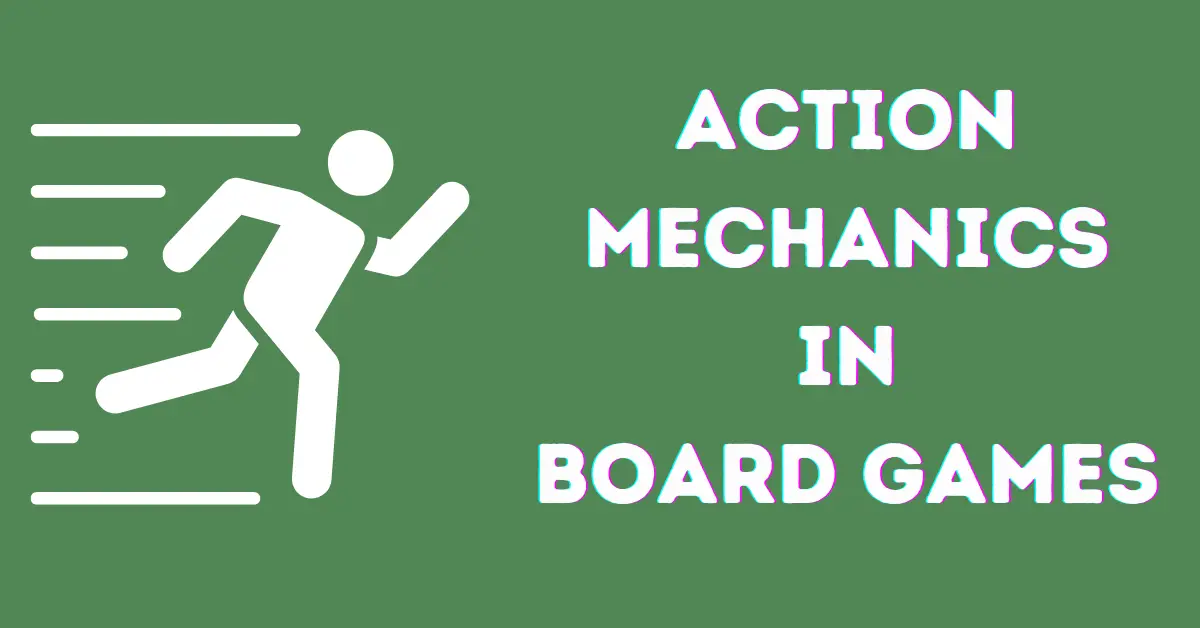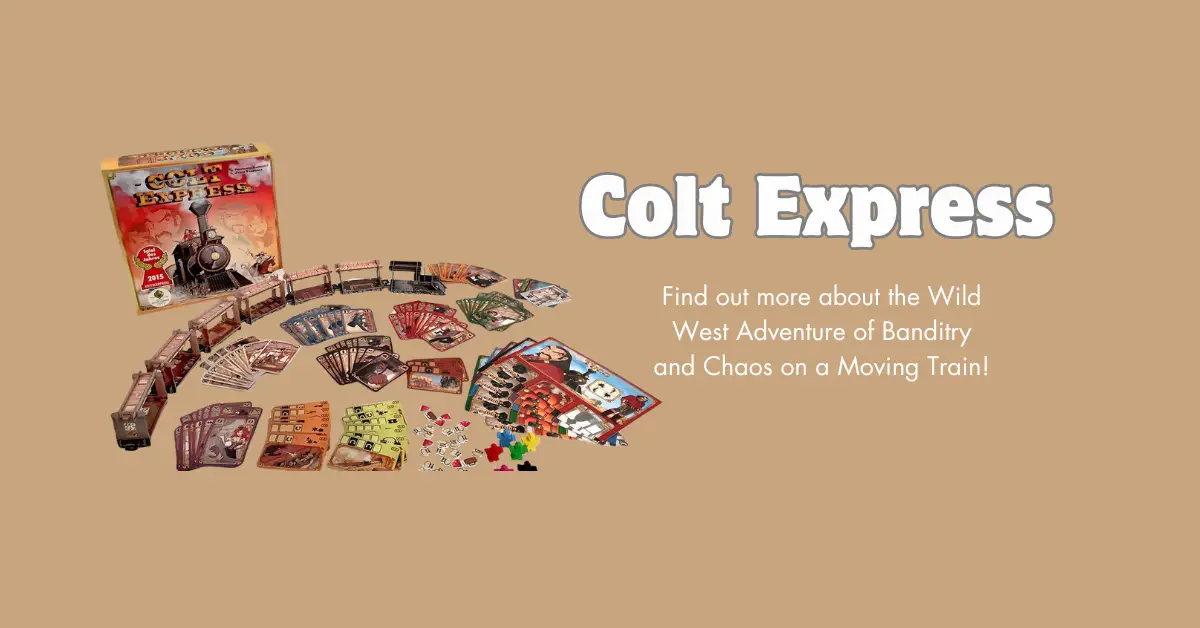The action game mechanism in board games is a design element that determines how players make decisions and take game actions. It influences the game’s flow, strategy, and player engagement. The different types of action mechanisms are explained in greater detail below.
1. Types of Action Mechanisms
- Action Drafting or Selection: During the game turn, Players choose from a set of actions on their turn. The actions can be represented by cards, tokens, or spaces on the game board.
- Action Points System: You get a certain number of action points each turn, which you spend to perform actions. Different types of actions may cost different number of points and you will have to decide when is the best time to spend the points.
- Action Queue: You plan your actions in advance by queuing them up and are executed in the order they were planned.
Simultaneous or taking turns : Games can be designed to have everyone secretly take the above actions simultaneously or after each player’s turn.
2. Board Game Design Considerations for success
In this section, we discuss the design consideration for actions in a board game to ensure universal appeal.
- Balance: When designing actions, they need to be balanced.. Having one over-powering action may result in a player dominating and everyone adopting the same strategy. This results in lack of diversity in player decisions. Having balanced actions promotes strategic diversity and results in higher game replicability.
- Pacing: When designing actions, make sure the pace of the game is maintained. Don’t design too complex actions that result in long decision making. Long decision making slows game pace and gives rise to bored players.
- Interaction: Do you want to allow interactions when players decide on actions? Interactions can add to deeper game engagement.
- Accessibility: Once again, be very careful with the complexity of actions. Highly complex actions may attract board game enthusiasts but alienate casual gamers who are not accustomed to having to think too deeply about their game actions.
3. Design mechanisms that can enhance actions
- Variable Actions: An evolving set of actions can keep the game fresh and challenging.
- Linked Actions: Actions that combo or link with other actions can create a rewarding experience for players who successfully execute the associated combos.
- Resource Management: Incorporating resources that are spent or gained through actions adds another layer of strategy.
4. Examples and Inspiration
Looking at popular games and understanding why their action mechanisms work can be very enlightening. Each game mentioned below exemplifies a different approach to designing engaging and strategic action systems.



